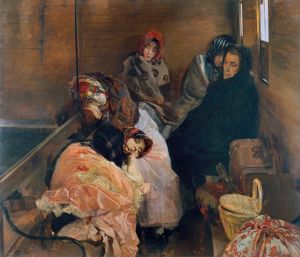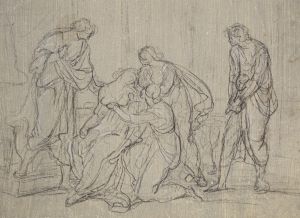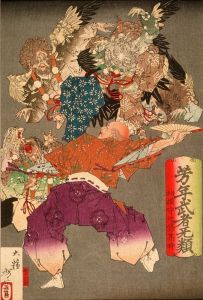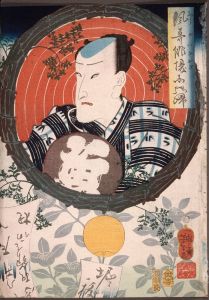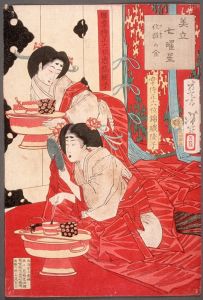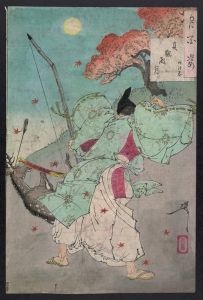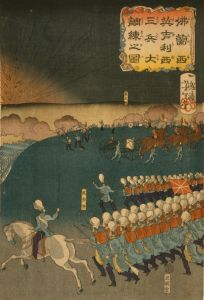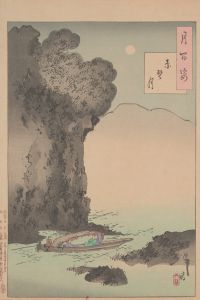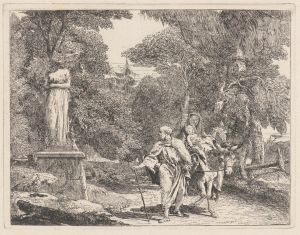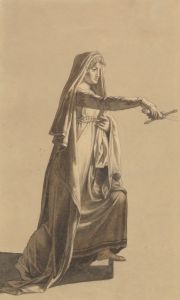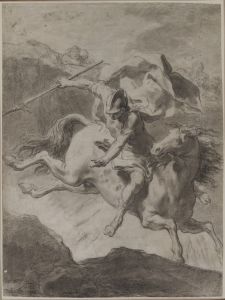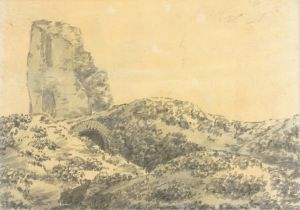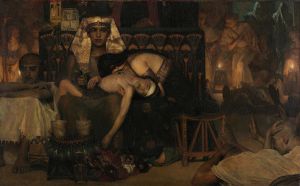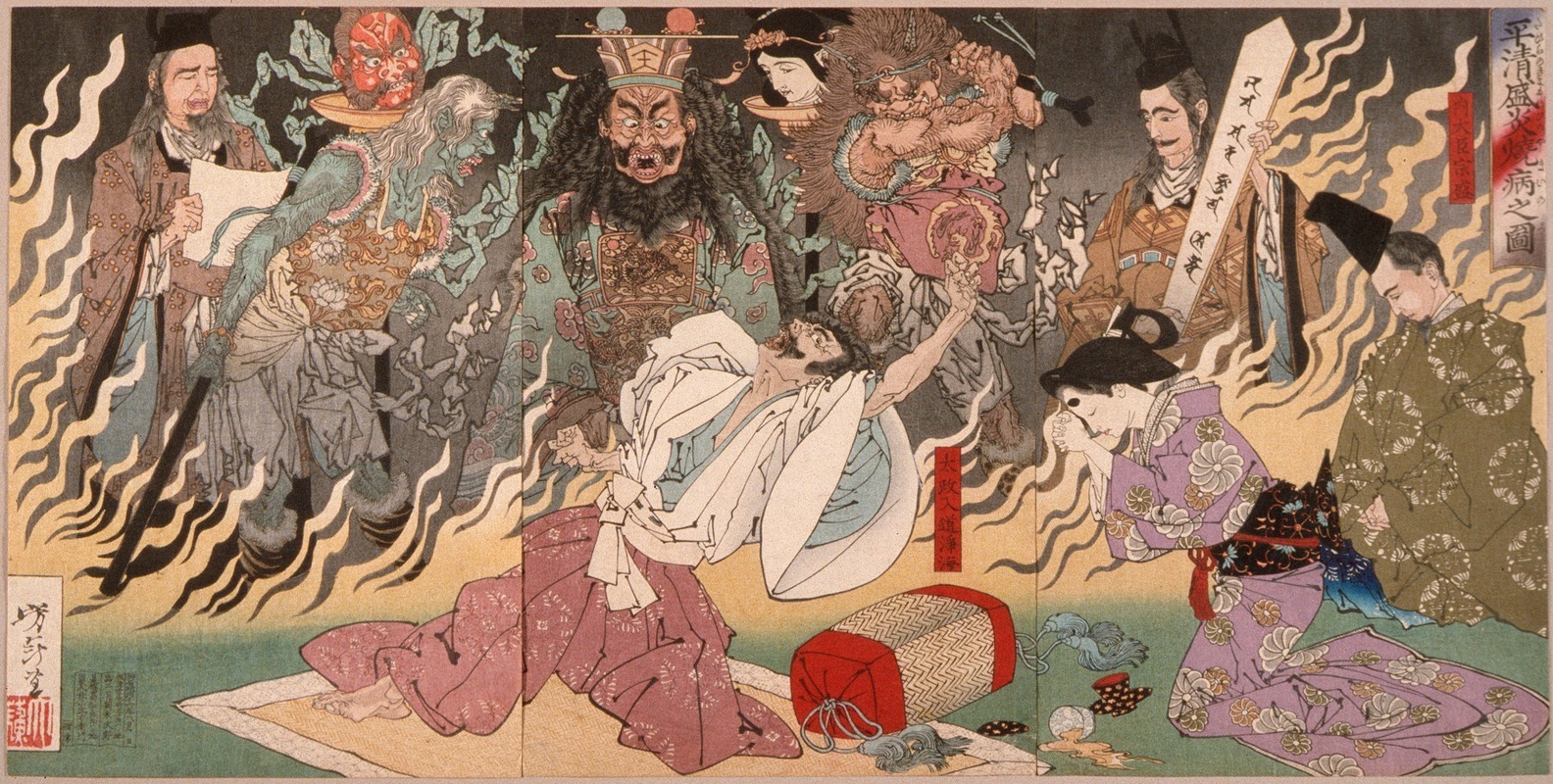
The Fever of Taira no Kiyomori
A hand-painted replica of Tsukioka Yoshitoshi’s masterpiece The Fever of Taira no Kiyomori, meticulously crafted by professional artists to capture the true essence of the original. Each piece is created with museum-quality canvas and rare mineral pigments, carefully painted by experienced artists with delicate brushstrokes and rich, layered colors to perfectly recreate the texture of the original artwork. Unlike machine-printed reproductions, this hand-painted version brings the painting to life, infused with the artist’s emotions and skill in every stroke. Whether for personal collection or home decoration, it instantly elevates the artistic atmosphere of any space.
"The Fever of Taira no Kiyomori" is a woodblock print created by the renowned Japanese artist Tsukioka Yoshitoshi. Yoshitoshi, a prominent figure in the ukiyo-e genre, is celebrated for his innovative and often dramatic compositions, which frequently draw upon historical and literary themes. This particular print is part of his series "New Forms of Thirty-Six Ghosts" (Shinkei Sanjūrokkaisen), which was published between 1889 and 1892.
The artwork depicts the final moments of Taira no Kiyomori, a powerful military leader and head of the Taira clan during the late Heian period in Japan. Kiyomori is a significant historical figure, known for his role in the Genpei War (1180-1185), which ultimately led to the establishment of the Kamakura shogunate. His life and deeds have been immortalized in various works of Japanese literature, most notably "The Tale of the Heike" (Heike Monogatari), an epic account of the rise and fall of the Taira clan.
In "The Fever of Taira no Kiyomori," Yoshitoshi captures the intense and supernatural aspects of Kiyomori's death. According to legend, Kiyomori was struck by a mysterious and severe fever as a form of divine retribution for his arrogance and misdeeds. The print vividly illustrates Kiyomori's torment, with his feverish state depicted through his wild expression and disheveled appearance. Surrounding him are ghostly flames and ominous spirits, emphasizing the supernatural elements of his demise.
Yoshitoshi's use of color and composition in this print is particularly striking. The artist employs bold contrasts and dynamic lines to convey the chaotic and otherworldly atmosphere. The flames and spirits are rendered in bright, almost luminescent hues, which stand out against the darker tones of Kiyomori's figure and the background. This contrast not only heightens the sense of drama but also draws the viewer's attention to the central figure's suffering.
The print is a testament to Yoshitoshi's skill in blending traditional ukiyo-e techniques with his unique artistic vision. His ability to evoke emotion and narrative through visual means is evident in "The Fever of Taira no Kiyomori," making it a compelling piece within his broader body of work. Moreover, the print reflects the cultural and historical fascination with the Taira clan and their dramatic downfall, a theme that has resonated in Japanese art and literature for centuries.
Yoshitoshi's "New Forms of Thirty-Six Ghosts" series, including "The Fever of Taira no Kiyomori," is considered one of his masterpieces. The series showcases his mature style and his interest in the supernatural and the macabre, themes that were popular during the late Edo and early Meiji periods. Through these works, Yoshitoshi not only entertained his contemporary audience but also preserved and reinterpreted historical and literary narratives for future generations.
In summary, "The Fever of Taira no Kiyomori" by Tsukioka Yoshitoshi is a powerful woodblock print that captures the dramatic and supernatural elements of Taira no Kiyomori's death. It is a significant work within Yoshitoshi's oeuvre and a notable example of the enduring influence of historical and literary themes in Japanese art.





